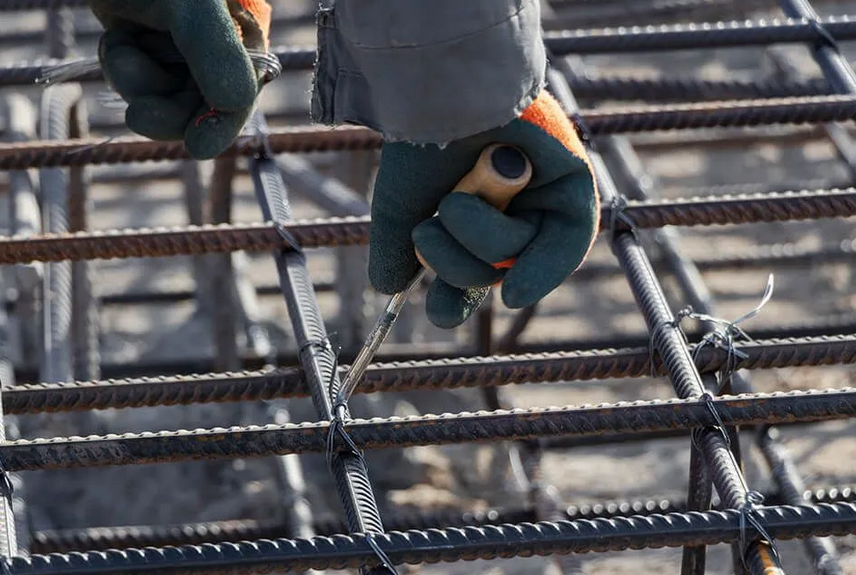The Chances are that if you’ve ever shopped around for a restroom hand dryer, then you have seen some that are advertised as ADA compliant. Well, most people are content with knowing that their washing facilities comply with important regulations, some might require a little more detail on the subject to justify the increased purchase price of an ADA machine.
The ADA
To start off, ADA is an abbreviation for the Americans With Disabilities Act. Regarding a restroom hand dryer, the main issue is one single dimension of the machine: the amount it protrudes from the wall.
A Question of Obstructions
The problem with some older hand dryer units is that they stuck out too far from the wall. This led to visually impaired people striking them because the machines were undetectable with a cane. The resulting rule for compliance is that nothing above cane height— meaning nothing above 15 inches off the ground— can protrude more than four inches from the wall. This allows visually impaired people to navigate washrooms without the chance of striking an unexpected object.
Real Dangers
If the risk does not sound very high, it is also important to consider that the floor beneath hand dryers is often wet and slippery. Someone who struck the hand dryer might easily lose footing and fall, resulting in serious injuries such as concussions, lacerations or broken bones.
In this sense, installing an ADA compliant restroom hand dryer makes sense for the bottom line of your business. A single injury could cause major damage to you financially, increasing your insurance rates and potentially incurring losses that your insurer would not cover. As an bonus, the lower profile of these machines makes it easier to navigate your bathroom for everyone and also contributes to a feeling of space. While the advanced motors in these units might be a little more expensive to manufacture, everybody wins in the end with the increased space efficiency and a lower chance of injury. Visit Americandryer.com for more information.


